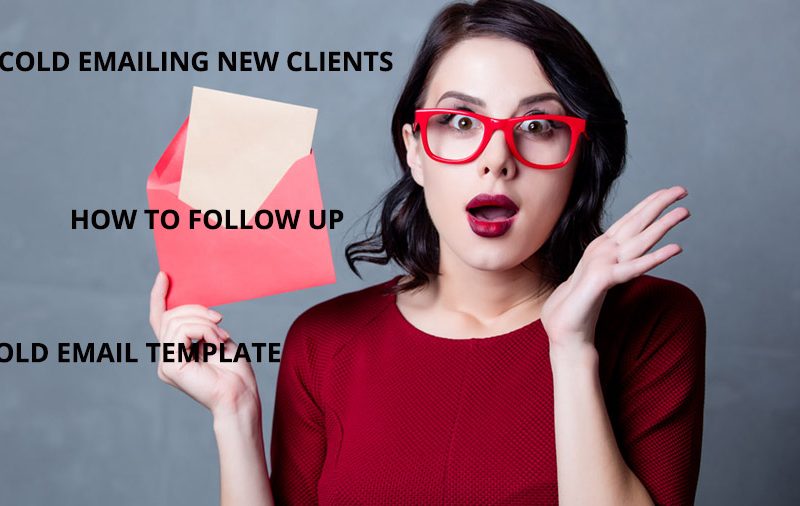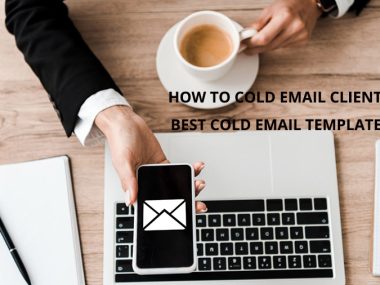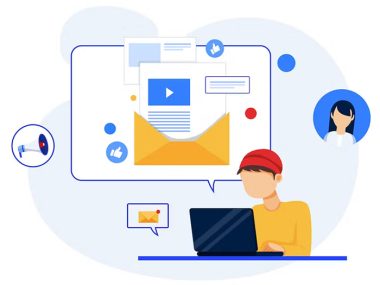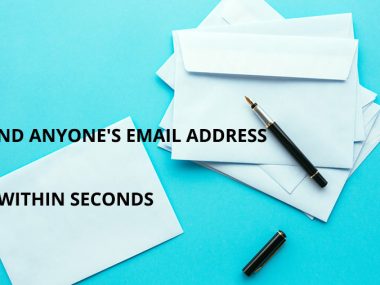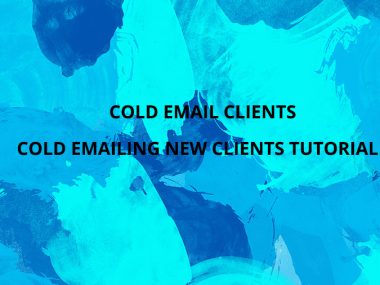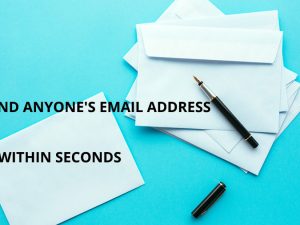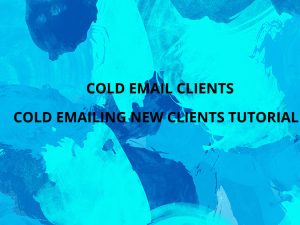Mastering Cold Email Follow-Up for Sky-High Response Rates
In the realm of cold emailing, the initial outreach may not yield the response rates you desire. However, the true magic lies in the follow-up. This article unfolds the strategy to dramatically increase your cold email response rates, emphasizing the importance of persistence and strategic messaging.
Defining Your Goal in Cold Emailing
Before delving into the follow-up strategy, it’s crucial to understand the primary goal of cold emailing: securing a meeting with your potential customer. The focus remains on initiating a conversation that can eventually lead to valuable interactions, whether over the phone or in person.
The Four-Email Follow-Up Sequence
Outlined here is a proven four-email sequence designed to boost your response rates effectively. The structure includes the initial pitch and three follow-ups, strategically spaced between three to seven days. Let’s explore the structure and content of these follow-up emails to enhance your cold email campaigns.
1. Email Number One: The Initial Pitch
The first email is your pitch, enticing the recipient to consider a meeting. Avoid overwhelming them with too much information; instead, focus on sparking their interest and prompting them to learn more about the value you can bring.
2. Email Number Two: First Follow-Up
If the recipient doesn’t respond to the initial pitch, the first follow-up comes into play. This email is a gentle reminder, summarizing the initial pitch and reiterating the invitation for a meeting. Provide a scheduling link for convenience, making it easy for them to commit.
3. Email Number Three: Second Follow-Up
In the second follow-up, personalize your message by expressing genuine interest in their needs. Reiterate the value you can provide, along with a polite invitation to schedule a meeting. The objective is to jog their memory and reignite their interest in your proposal.
4. Email Number Four: Final Follow-Up
The final follow-up adopts a similar structure to the previous emails but introduces a sense of urgency. Remind the recipient of the potential benefits and encourage them to take action. Include a call-to-action for scheduling a meeting, maintaining a balance between persistence and professionalism.
The Power of Follow-Up Response Rates
To emphasize the impact of follow-ups, consider this response rate example from a Silicon Valley sales rep. While the initial email might yield a 5% response rate, each follow-up contributes to a cumulative increase. The second follow-up might yield an additional 4%, the third 6%, resulting in a combined response rate of 18%. This demonstrates the significance of persistence in cold emailing.
Crafting Effective Follow-Up Emails
Crafting effective follow-up emails involves revisiting your initial pitch and adapting the language. Each follow-up serves as a reminder, prompting recipients to reconsider your proposal. The focus is on maintaining a concise yet compelling message that encourages them to take the desired action – scheduling a meeting.
Conclusion: The Art of Perseverance in Cold Emailing
The article concludes by emphasizing the importance of persistence in cold email outreach. Rather than abandoning a campaign after the initial outreach, the four-step follow-up strategy offers a systematic approach to maximize response rates. It encourages readers not to lose faith after the first email but to commit to the process of sending at least four emails, gauging success based on engagement metrics. The true potential of cold email outreach unfolds not in a single attempt but in the artful orchestration of a well-crafted follow-up sequence.
In conclusion, the art of cold email follow-up lies in persistence and strategic messaging. Don’t be disheartened by the response to your initial pitch; instead, leverage the power of follow-ups to significantly enhance your engagement rates. By implementing this four-email sequence and adapting your approach, you can turn cold leads into meaningful interactions and potential clients.
Frequently Asked Questions
- Q: How do I choose the right cadence for follow-ups?
- A: Space out your follow-ups between three to seven days. This allows recipients time to consider your initial pitch without overwhelming them with emails.
- Q: What if the prospect explicitly declines the meeting in the first email?
- A: Respect their decision. However, consider a thoughtful follow-up down the line, as needs and circumstances might change.
- Q: Can this follow-up strategy be applied to different industries?
- A: Yes, the principles are versatile. Tailor your initial pitch and follow-ups to align with the specifics of your industry and target audience.
- Q: Are there tools to automate cold email follow-ups?
- A: Yes, various email automation tools allow you to schedule and automate follow-up sequences. Ensure compliance with relevant regulations and personalize as much as possible.
- Q: What if a prospect responds negatively to follow-ups?
- A: Respect their preferences. If a prospect explicitly opts out or expresses disinterest, it’s essential to maintain professionalism and cease further outreach to avoid potential harm to your brand image.
